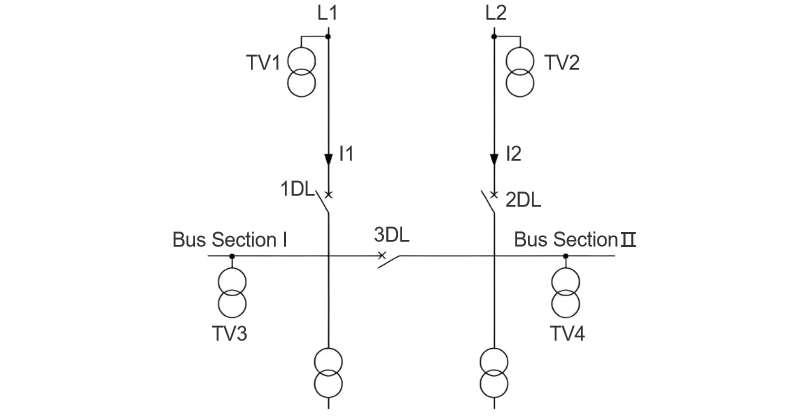Impact Analysis of Voltage Transformer Installation on Line Side vs. Load Side of Power Inlet Circuit Breaker for (ATS)
James
07/03/2025
Topics
Professionalism builds strength. As an expert in the installation and operation of electrical equipment, I am proficient in the installation process and strictly adhere to standards. I skillfully master the operation essentials and can swiftly eliminate faults. With a heart that constantly explores new knowledge, I illuminate the path to the efficient operation of electrical equipment.
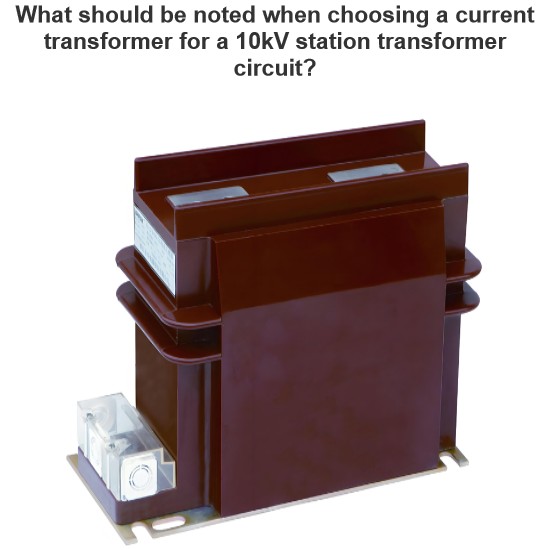
What should be noted when choosing a current transformer for a 10kV station transformer circuit?
Practical Experience Sharing from an Electrical Engineer in the FieldBy James, 10 Years in the Electrical IndustryHi everyone, I'm James, and I've been working in the electrical industry for 10 years.From early involvement in substation design and equipment selection, to later taking charge of relay protection and automation system commissioning for entire projects, one of the most frequently used devices in my work has been the current transformer (CT).Recently, a friend who's just starting out
James
07/04/2025
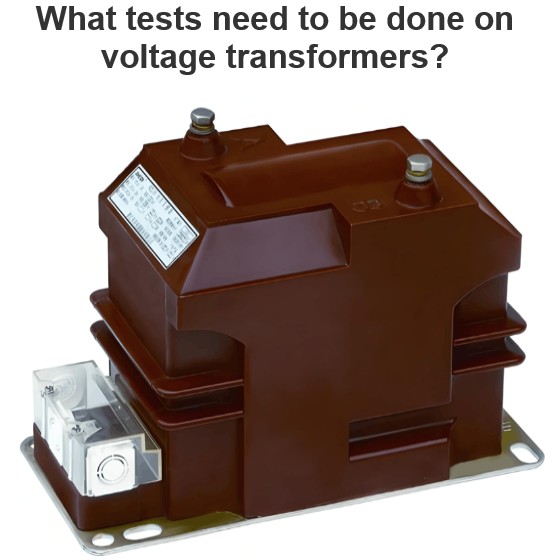
What tests need to be done on voltage transformers?
Practical Experience Sharing from an Electrical Engineer in the FieldBy Oliver, 8 Years in the Electrical IndustryHi everyone, I'm Oliver, and I've been working in the electrical industry for 8 years.From early involvement in substation commissioning and equipment inspection, to now managing the maintenance and fault analysis of entire power systems, one of the most frequently encountered devices in my work has been the voltage transformer (VT / PT).Recently, a friend who's just starting out ask
Oliver Watts
07/03/2025
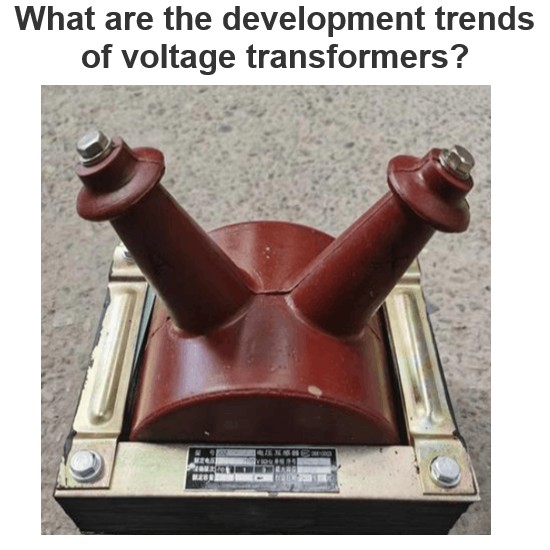
What are the development trends of voltage transformers?
By Echo, 12 Years in the Electrical IndustryHi everyone, I'm Echo, and I've been working in the electrical industry for 12 years.From early involvement in commissioning and maintenance of distribution rooms to later participation in electrical system design and equipment selection for large-scale projects, I’ve witnessed how voltage transformers have evolved — from traditional analog devices to intelligent, digital components.The other day, a new colleague from a power company asked
Echo
07/02/2025
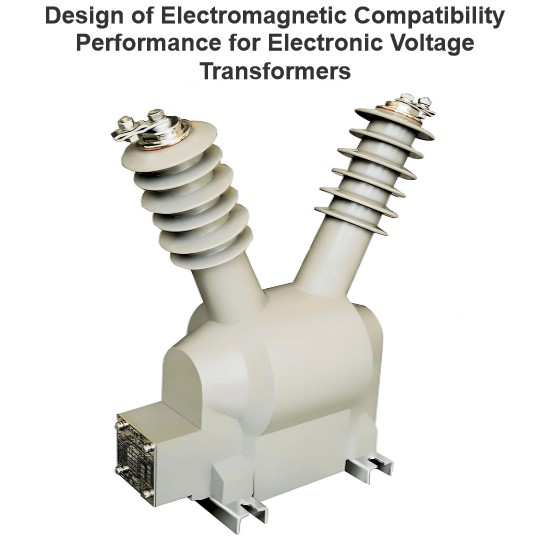
Design of Electromagnetic Compatibility Performance for Electronic Voltage Transformers
With the rapid development of power systems, electronic voltage transformers (EVTs), as key measurement devices in power systems, their performance stability and reliability are crucial for the safe and stable operation of power systems. The electromagnetic compatibility (EMC) performance, as one of the core indicators of EVTs, is directly related to the ability of the device to work normally in complex electromagnetic environments and whether it will cause electromagnetic interference to other
Dyson
07/02/2025

